How to Choose Which Type of Vest
Choosing the right type depends on your work environment, visibility needs and compliance requirements.
Some should answer these questions before you choose the right high visibility clothes for yourself or your crew:
- Where you work (Foliage, surroundings, colors, traffic)
- When you work (day/nighttime)
- In what conditions do you work (weather, safety hazards, tool and equipment use)
Based on these 3 questions, explore this page to learn more about the 6 things you should look into before investing in reflective vests and jackets.

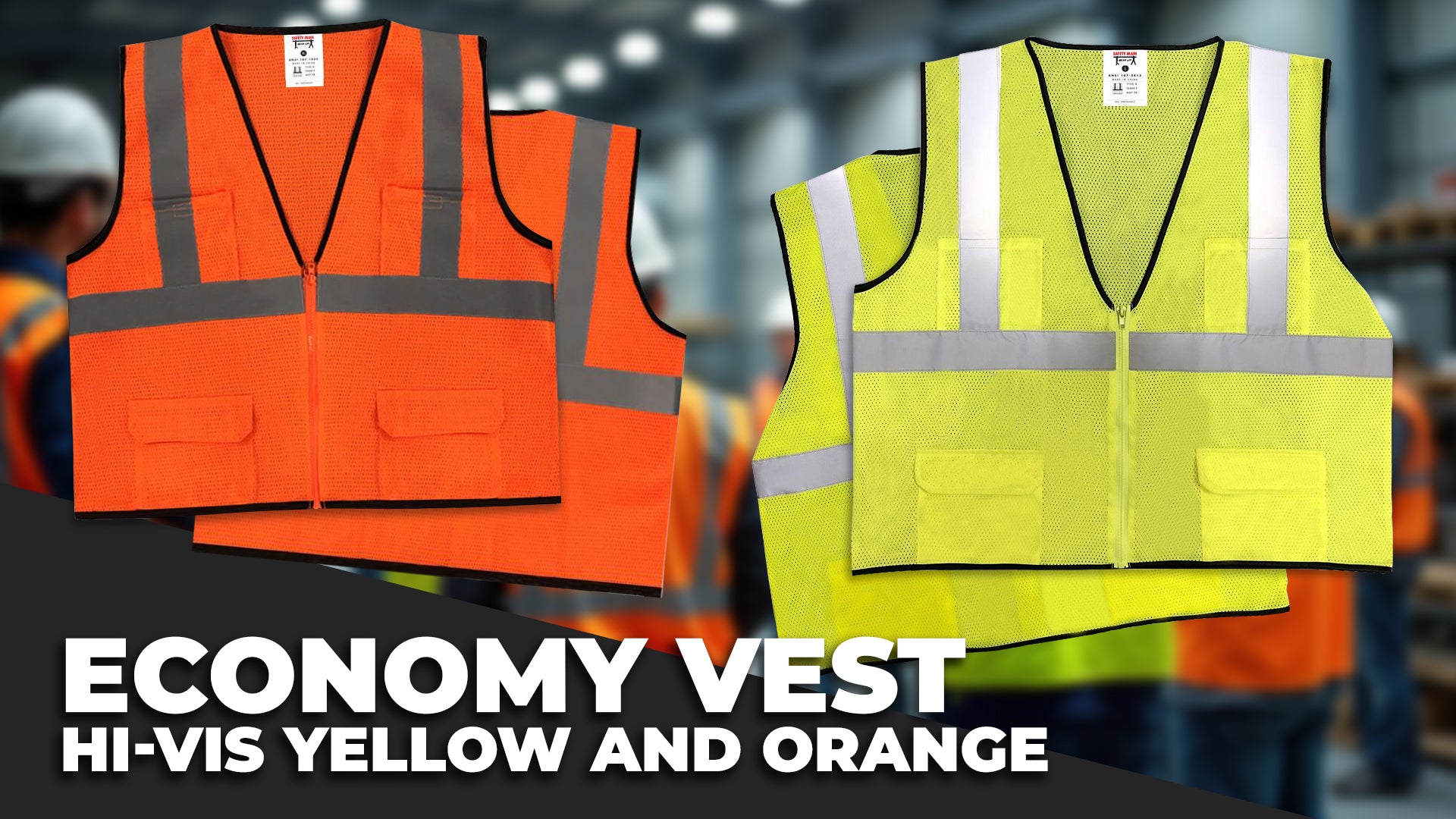
Economy Vest Selection




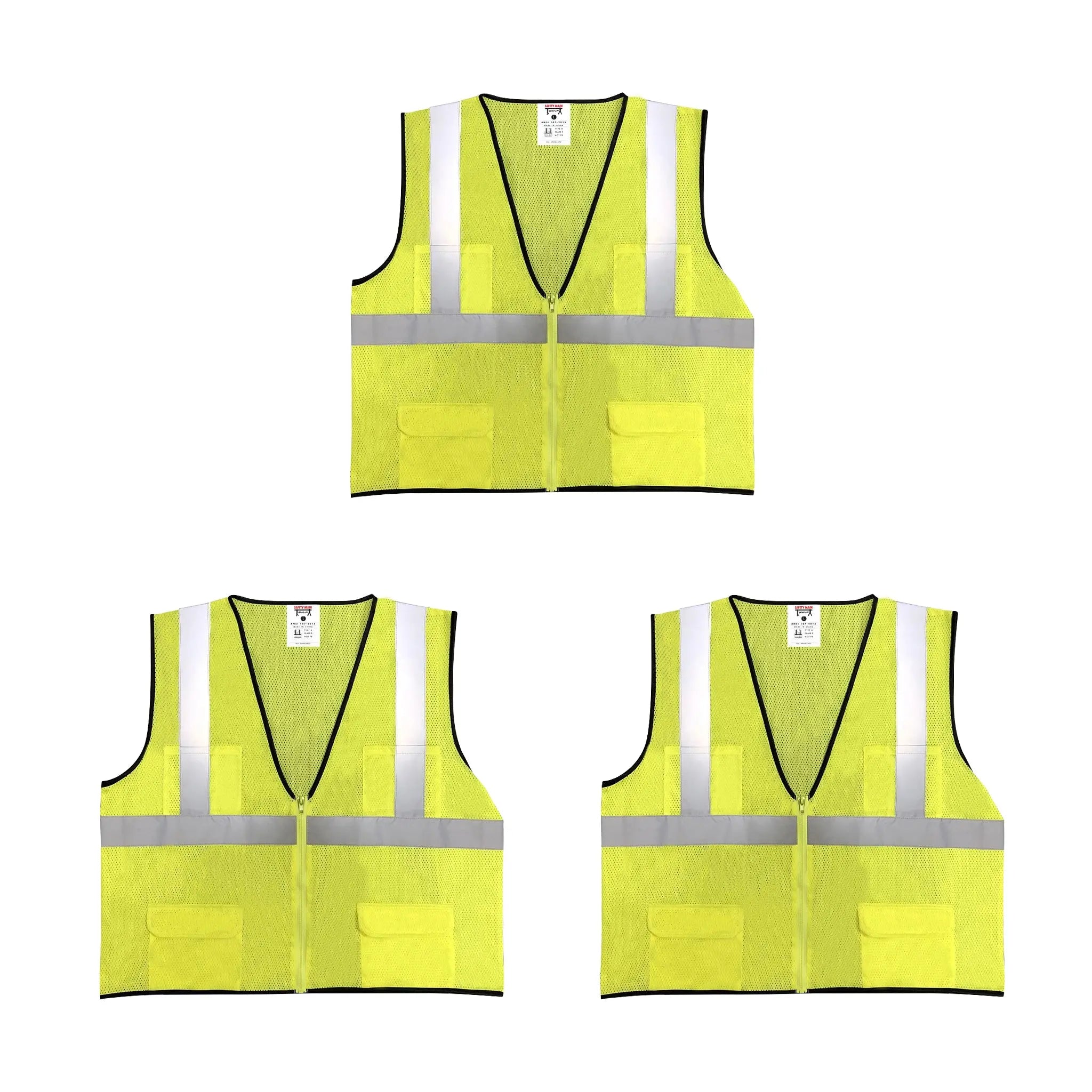
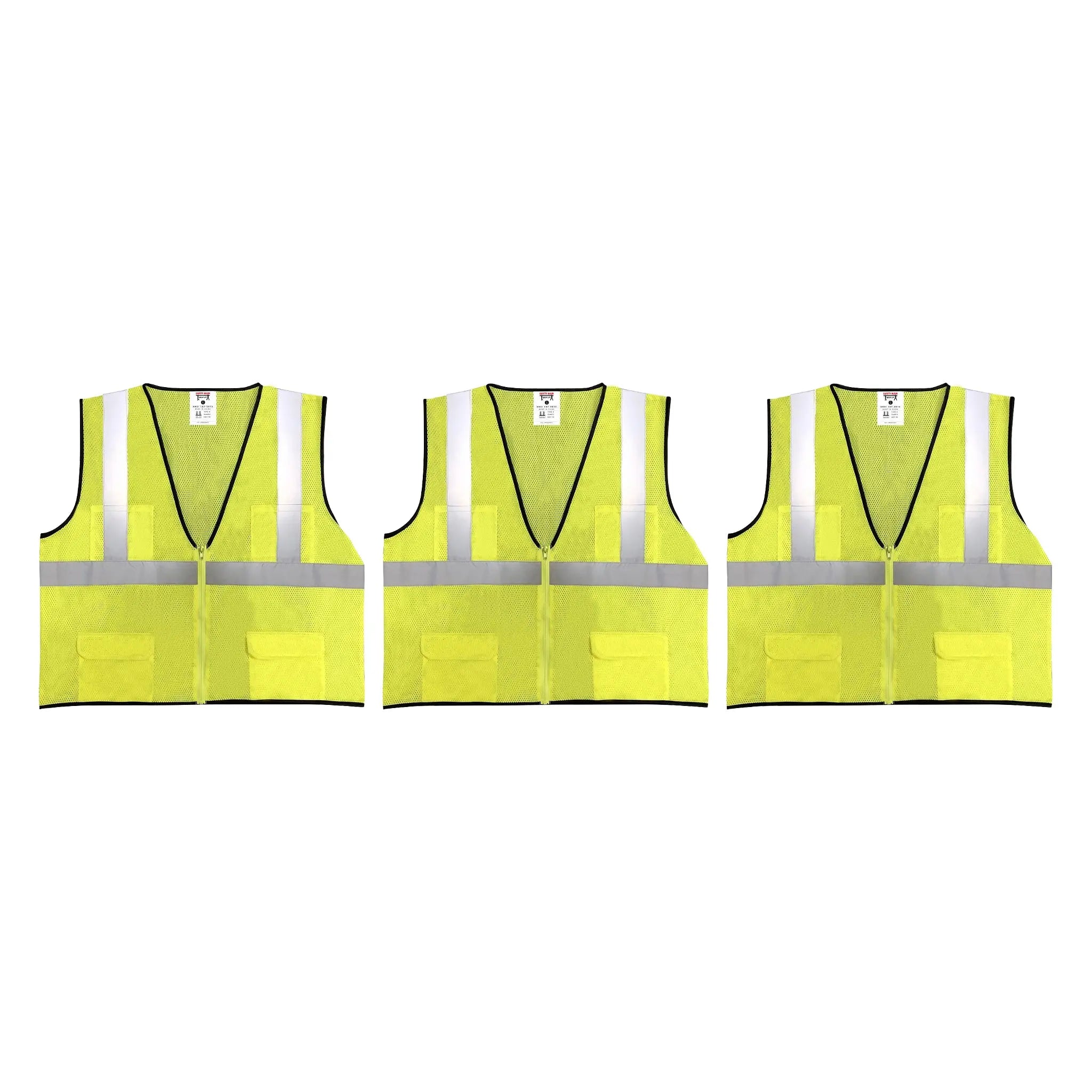
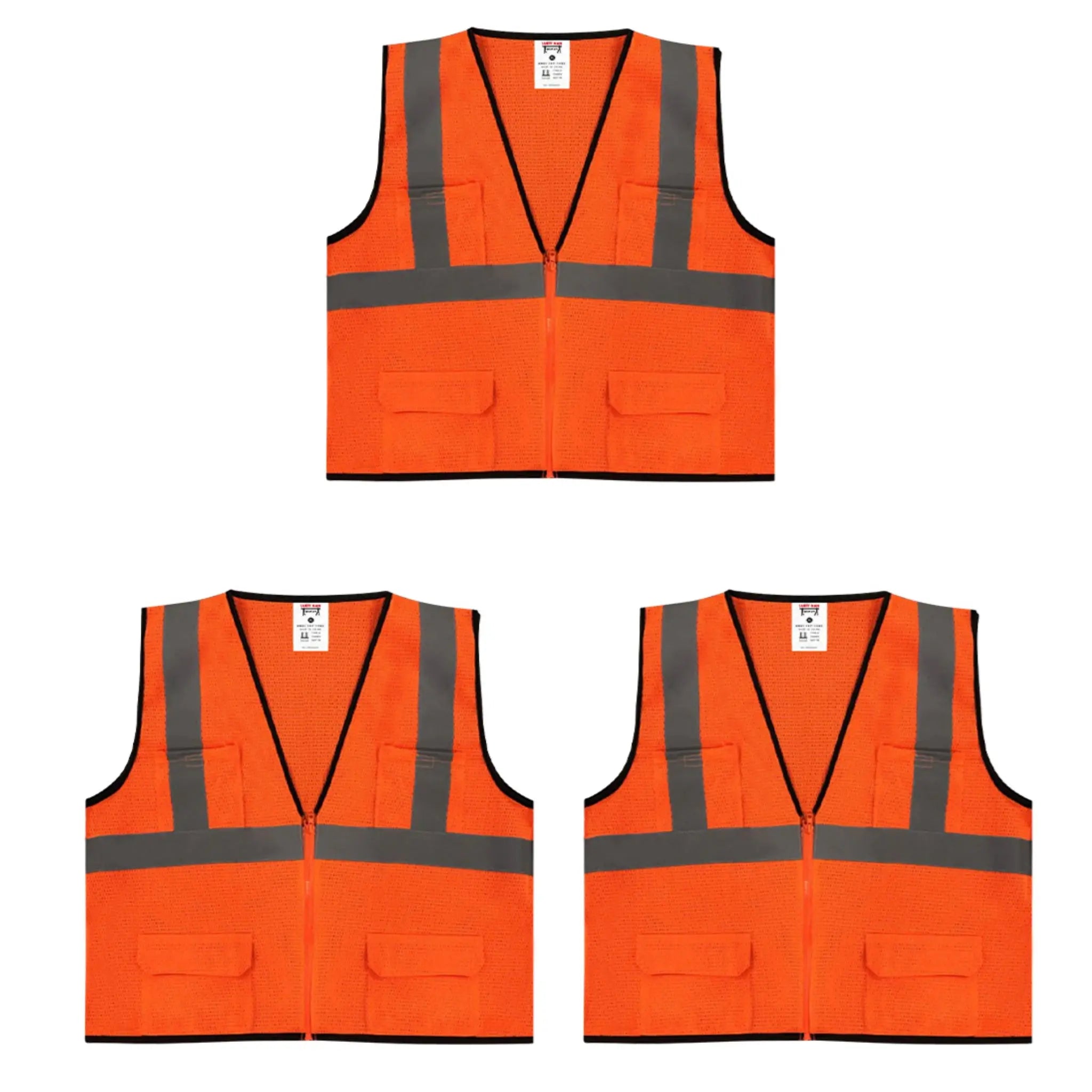

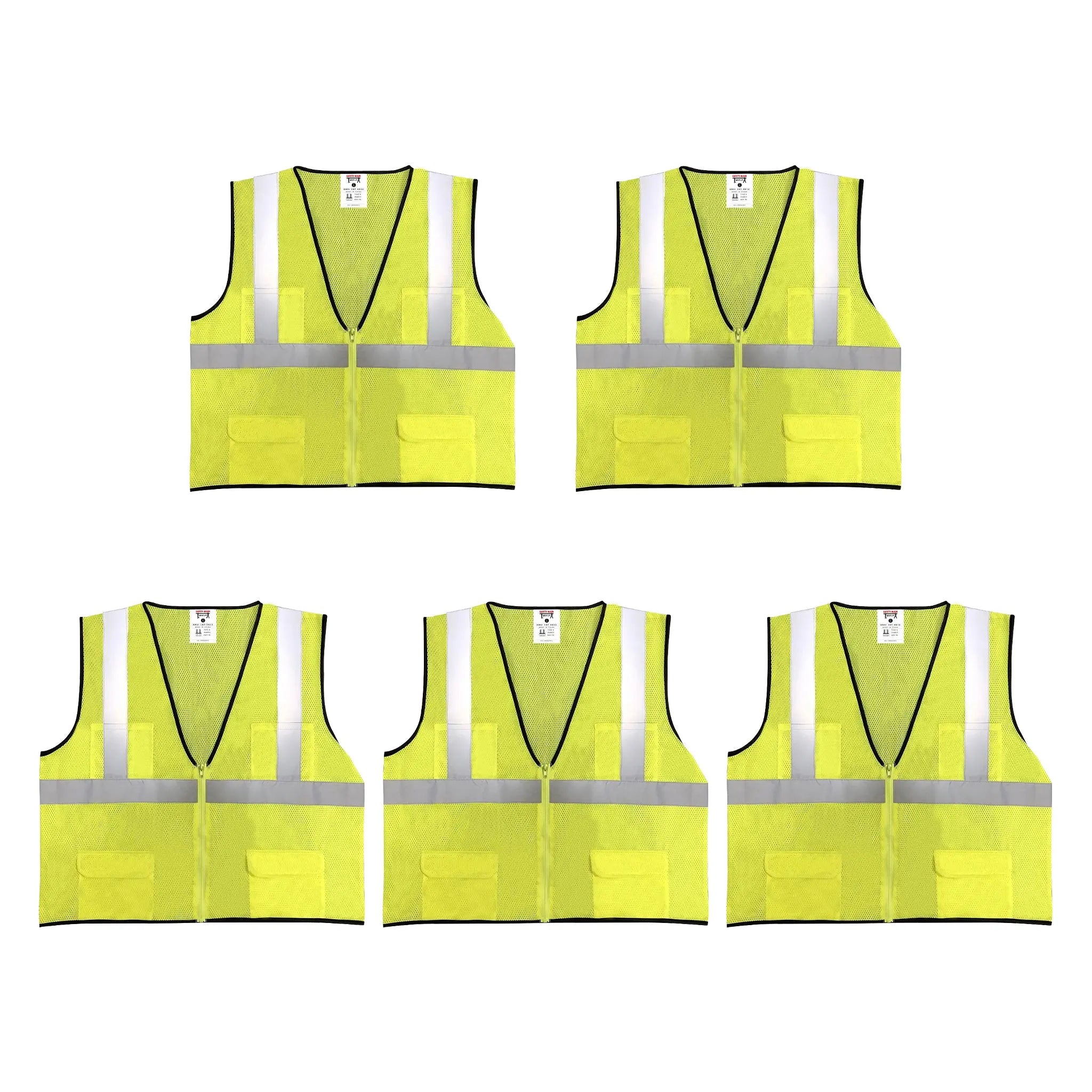

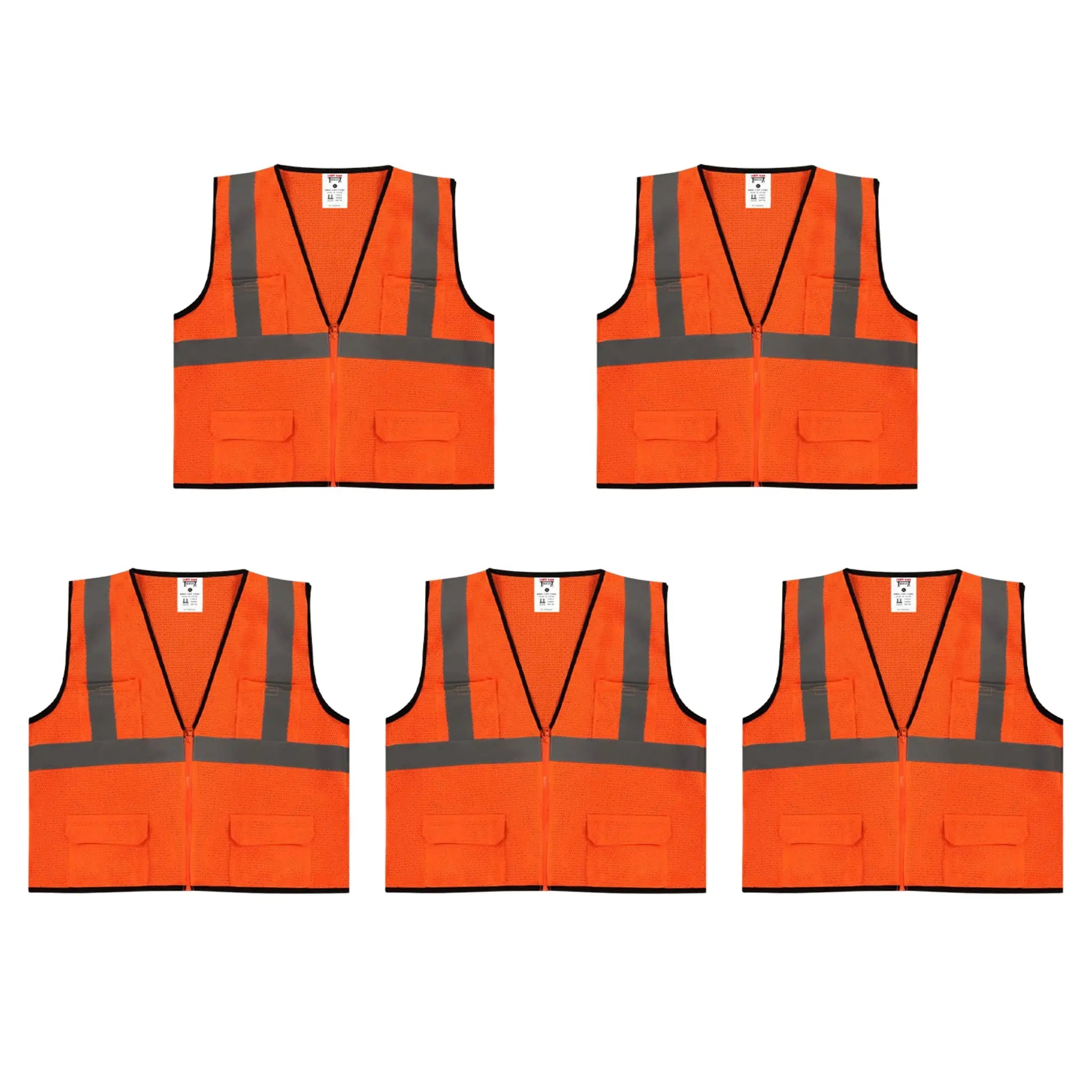





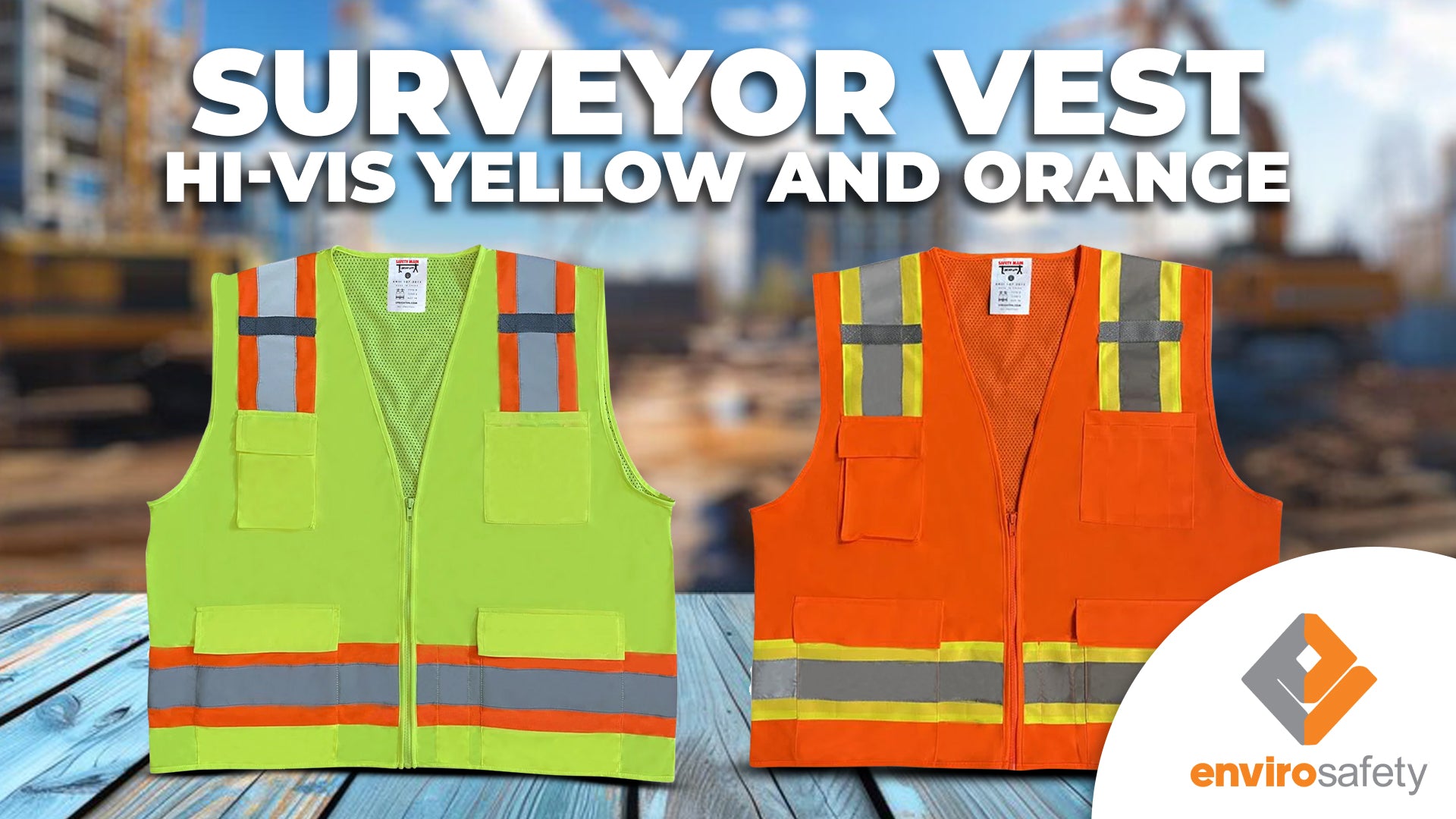
Surveyor Vest Selection




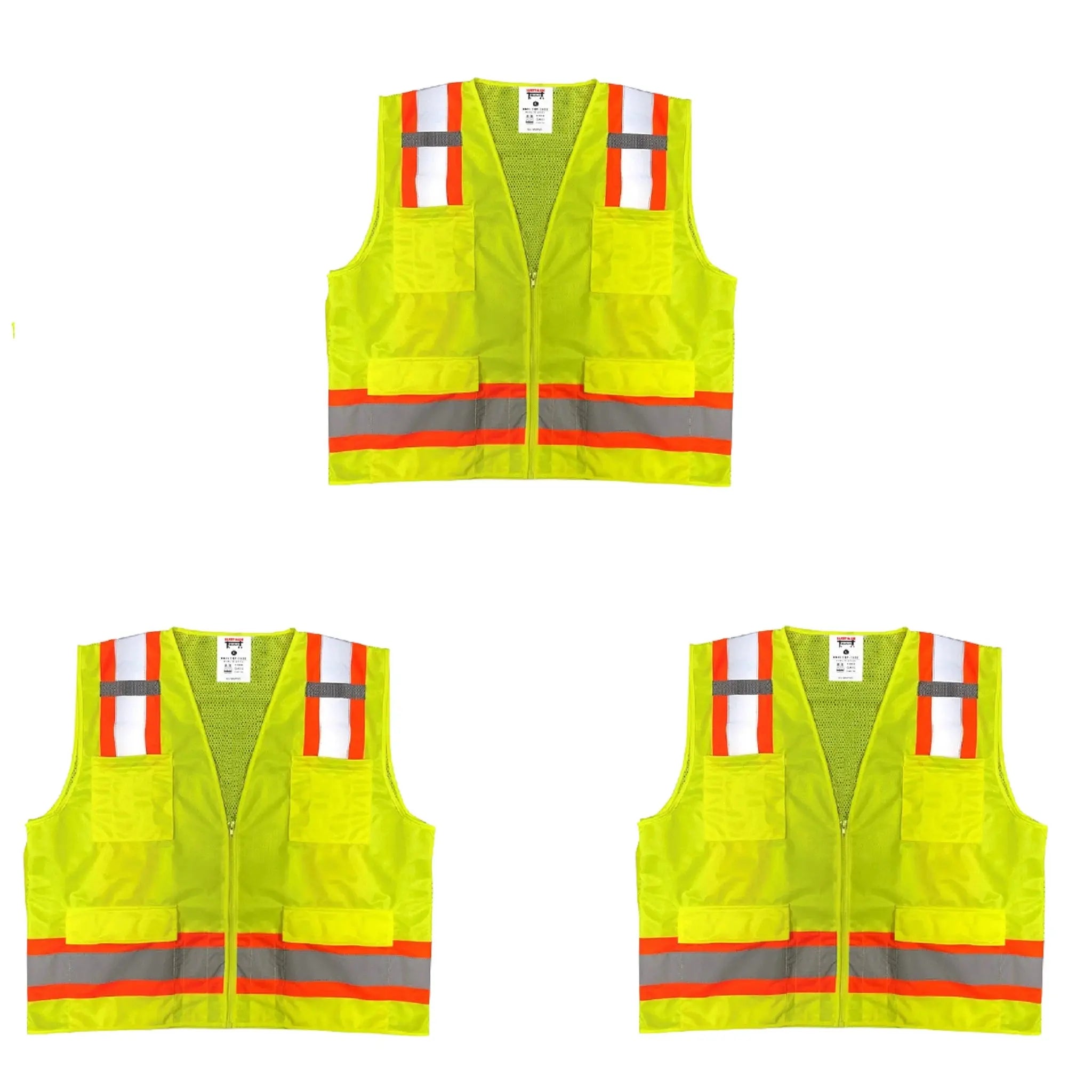

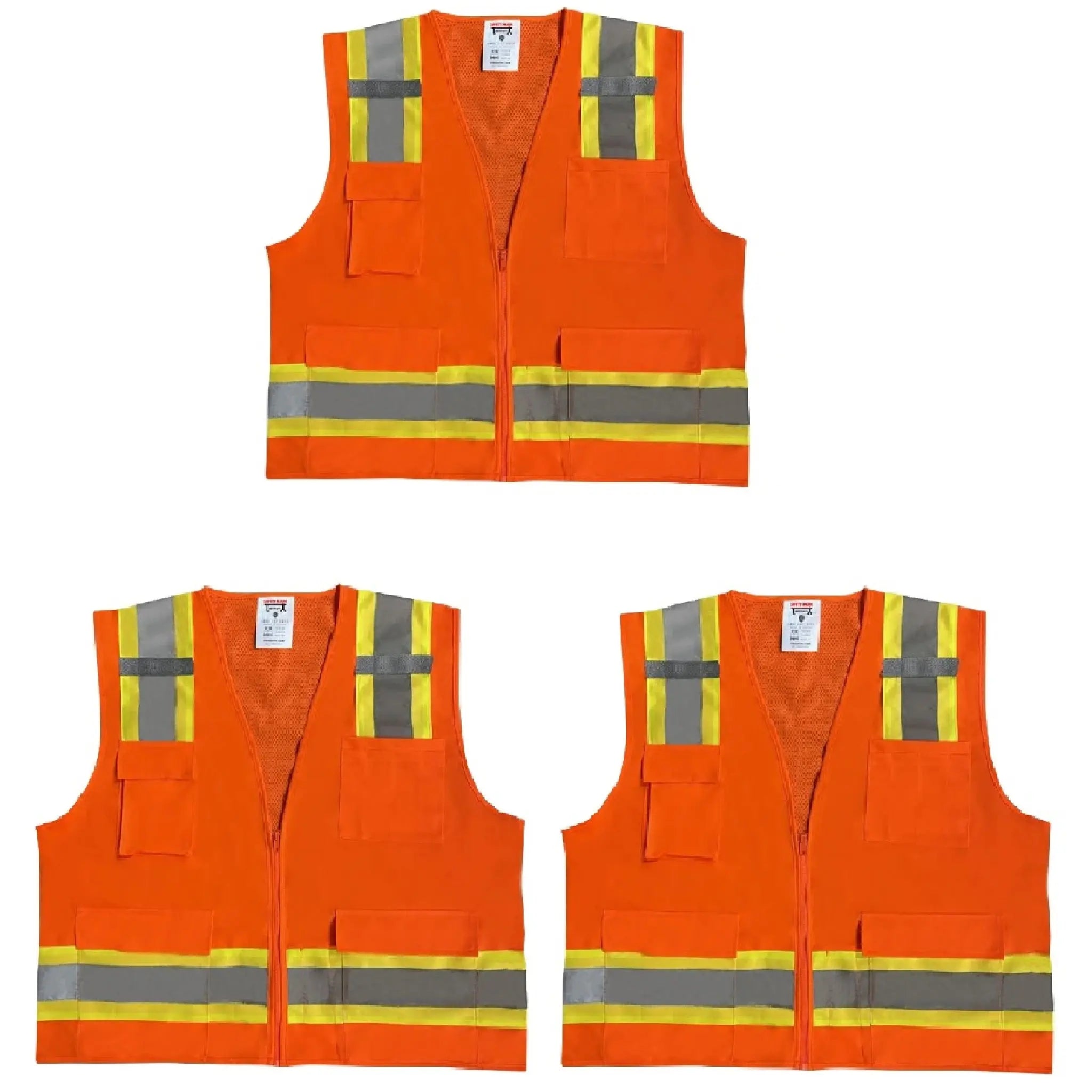

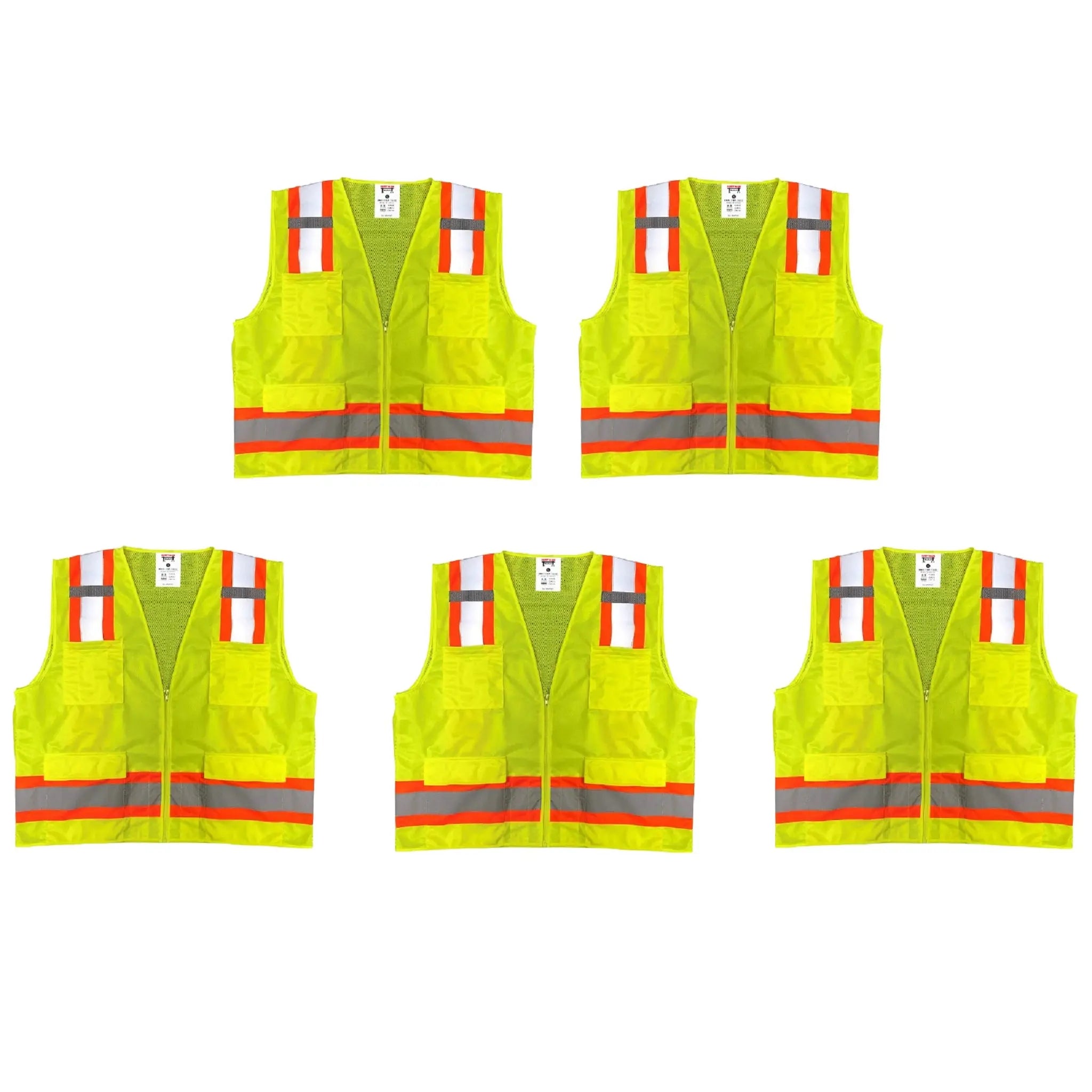








Lightweight Jacket Selection
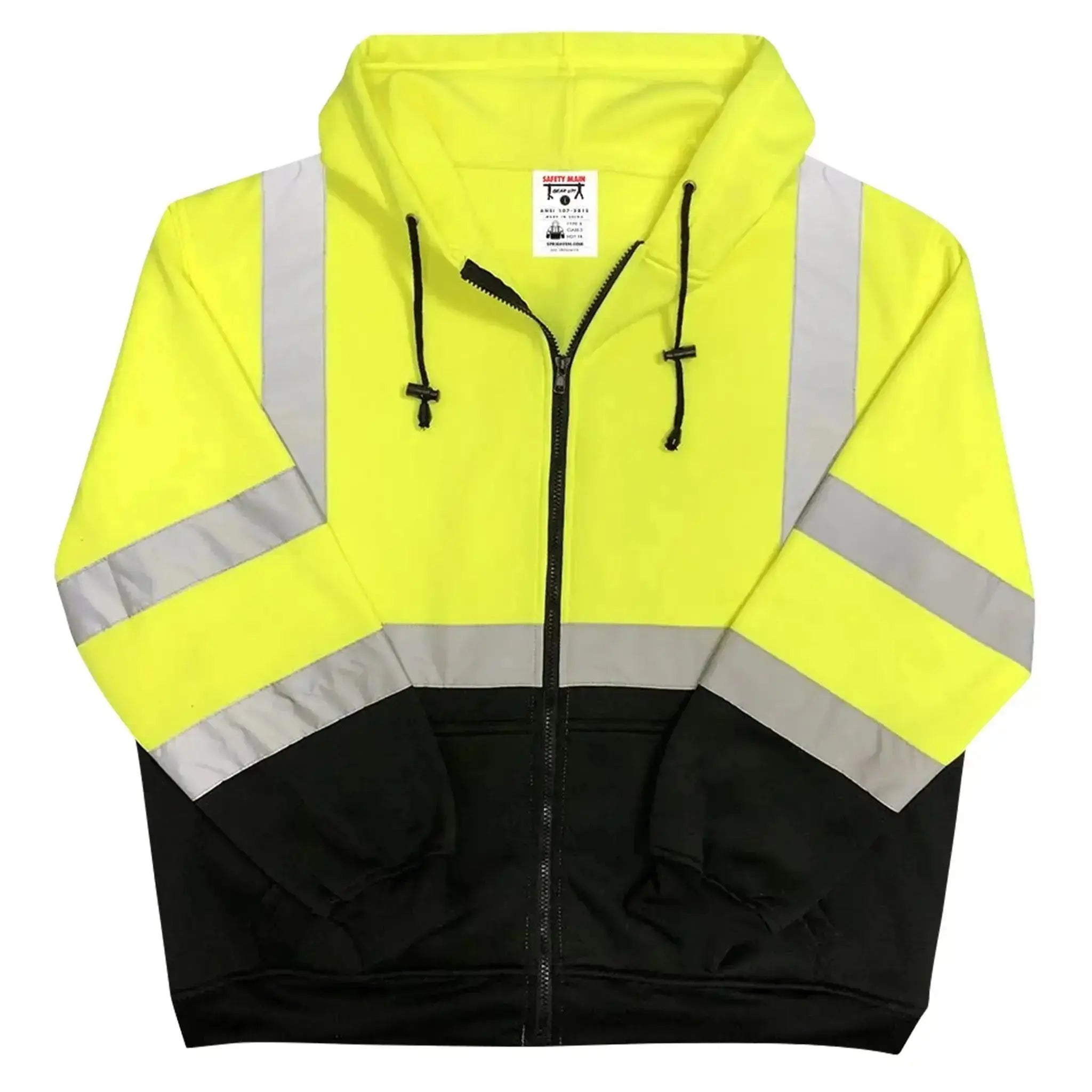
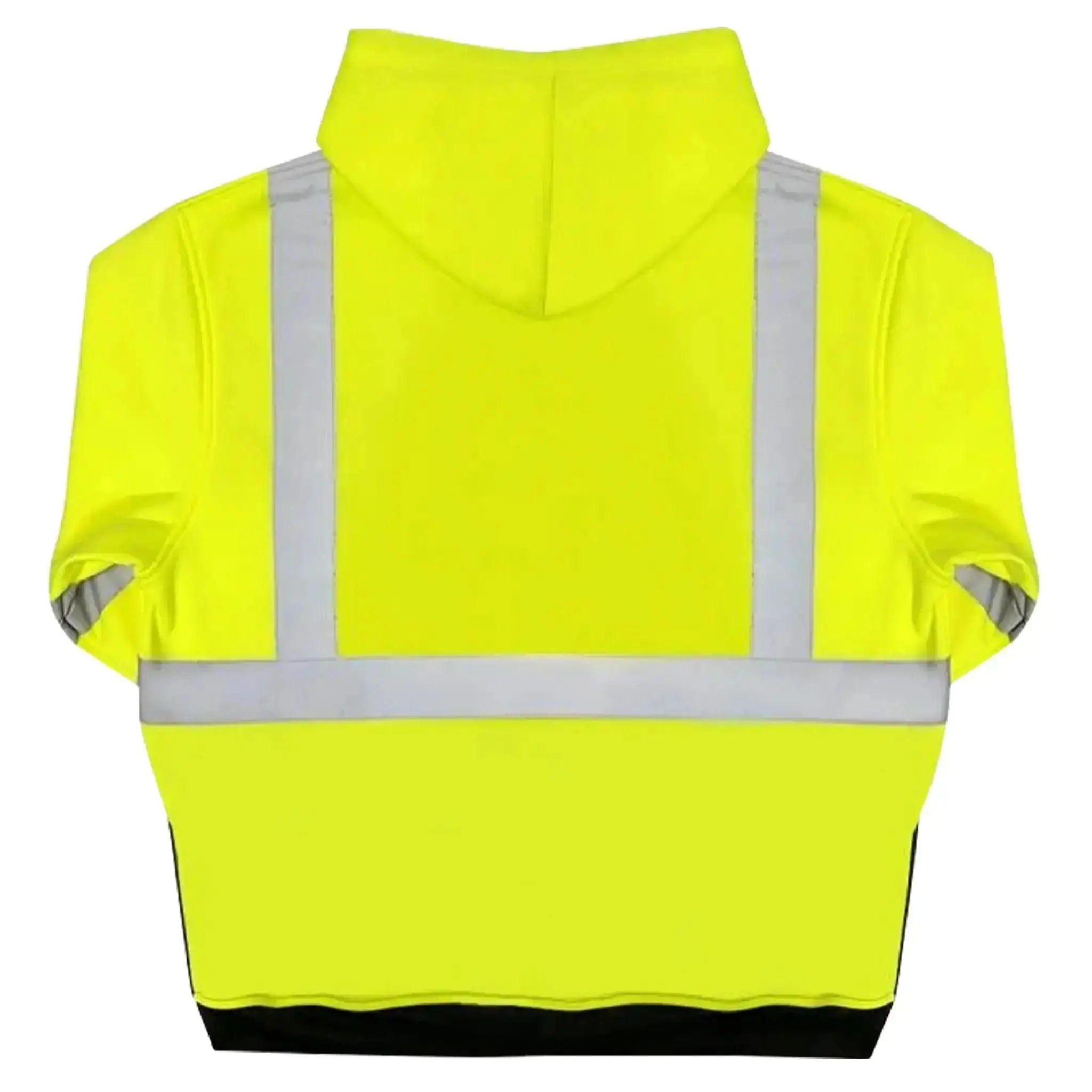


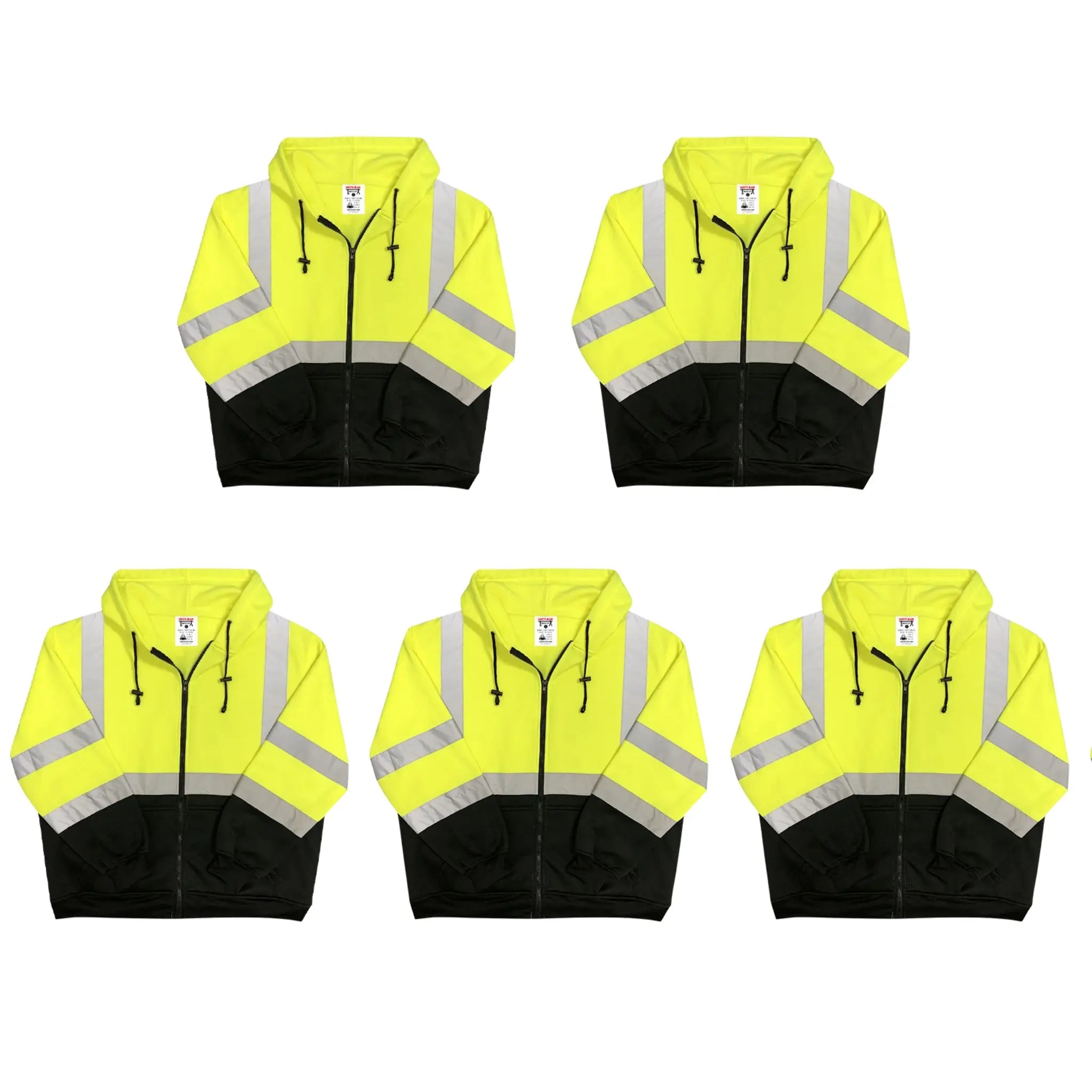

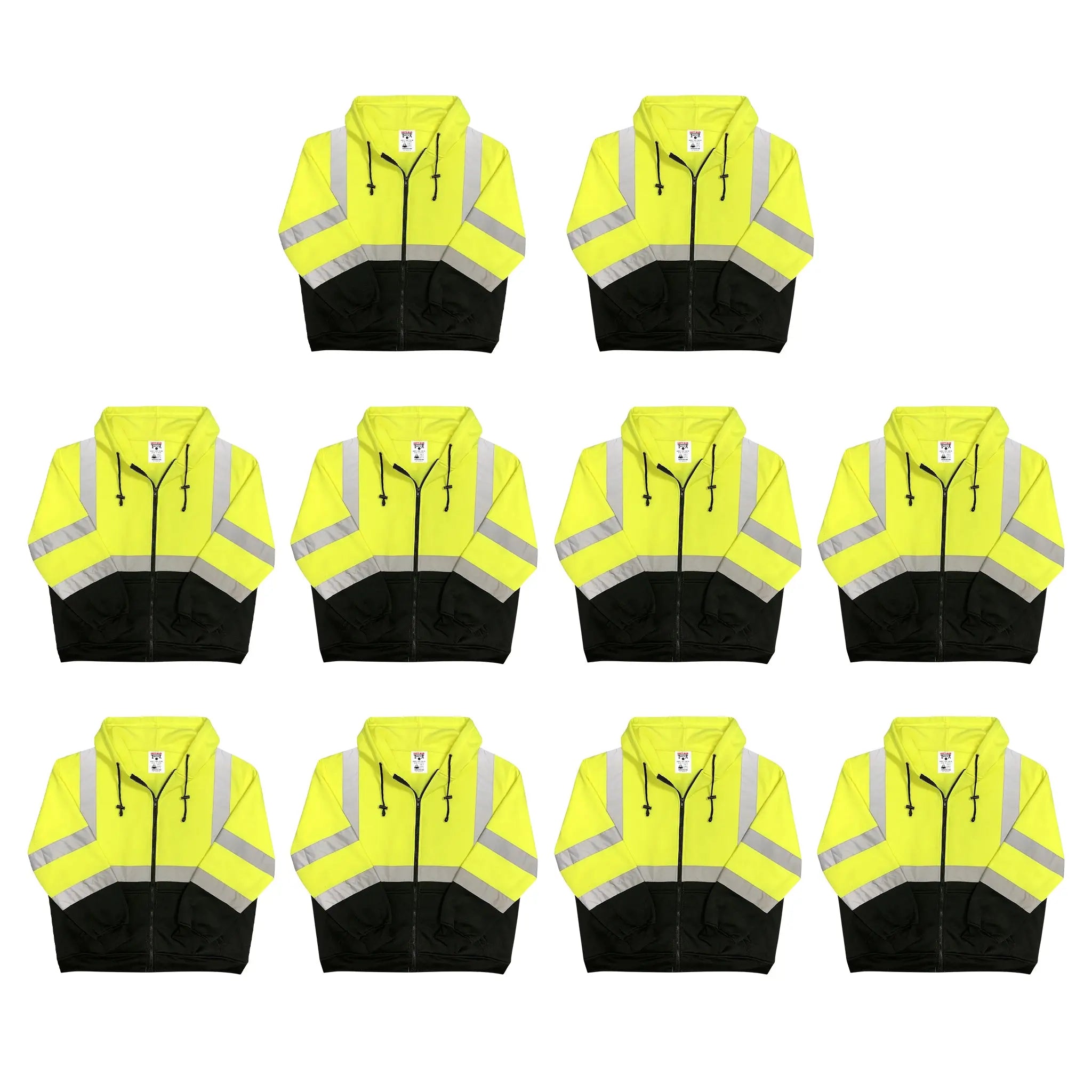

In reality, most high-visibility vests are also reflective vests, they’re designed with both fluorescent colors and reflective materials to ensure full 360° visibility in any lighting condition. However, it's possible to find basic reflective vests (like running vests) that aren't fluorescent and aren't ANSI compliant.
So, when selecting safety gear for your team, it's best to look for ANSI-certified reflective vests that meet the standards for both color and reflectivity ensuring maximum visibility and compliance on the job site.
Choosing by ANSI Type
Class 1

Class 2

Class 3

Before choosing the right reflective clothing for yourself or your team, it's important to first understand the safety regulations that apply to your job. Your state’s OSHA (Occupational Safety and Health Administration) guidelines determine whether high-visibility clothing is required for your work environment.
Once you've identified those requirements, use the table above to determine which ANSI class (1, 2 or 3) is appropriate for reflective vests used on your job.
For a quick overview, Oregon OSHA provides a helpful fact sheet outlining who should be wearing reflective gear at work.
High Visibility Clothing for Different Weather Conditions
Few things are more frustrating than wearing safety gear that’s too hot, cold or uncomfortable. One of the top reasons workers stop wearing high-vis clothing is discomfort. Reflective gear isn’t just something you throw over your clothes, it needs the right material, thickness and breathability, plus features like ribbed cuffs or a hood to keep you protected from the elements.
For winter, look for high-vis jacket with windproof exteriors and fleece lining. Ribbed cuffs help retain warmth, but avoid overheating layering under a lighter jacket may be better for workers moving between indoor and outdoor spaces.
Also, dirty reflective vests can reduce reflectivity and even cause OSHA compliance issues. Make sure your high-vis clothing is washable and that the reflective strips stay effective after repeated laundering.

Features & Functionality
- Pockets
Durable pockets are essential, especially for carrying tools like hammers or screwdrivers. Look for strong seams, zippers and smart placement, chest pockets are handy in tight spaces.
- Material
Mesh reflective vests offer better breathability and visibility while solid reflective vests are more durable for low-visibility environments.
- Closures
Velcro is quick and easy but zippers or buttons provide a more secure fit for active work.
Colors
Hi Vis Yellow

Hi Vis Orange

The color of your hi-vis vest plays a key role in visibility. The most common colors yellow and orange are chosen because they stand out in different environments. Yellow is ideal for urban or indoor settings, while orange is better for roadside or construction areas to contrast against natural backgrounds. Always consider the work environment and what color will provide the highest visibility against your surroundings.
Size & Fit
Proper size and fit are essential for both comfort and safety. A vest that's too tight can restrict movement, while one that's too loose may shift around or reduce visibility. Choose a size that allows room for layering over your workwear without feeling bulky. Our hi-vis vests are available in a wide range of sizes from Medium to 3X-Large ensuring a comfortable and secure fit for every worker.
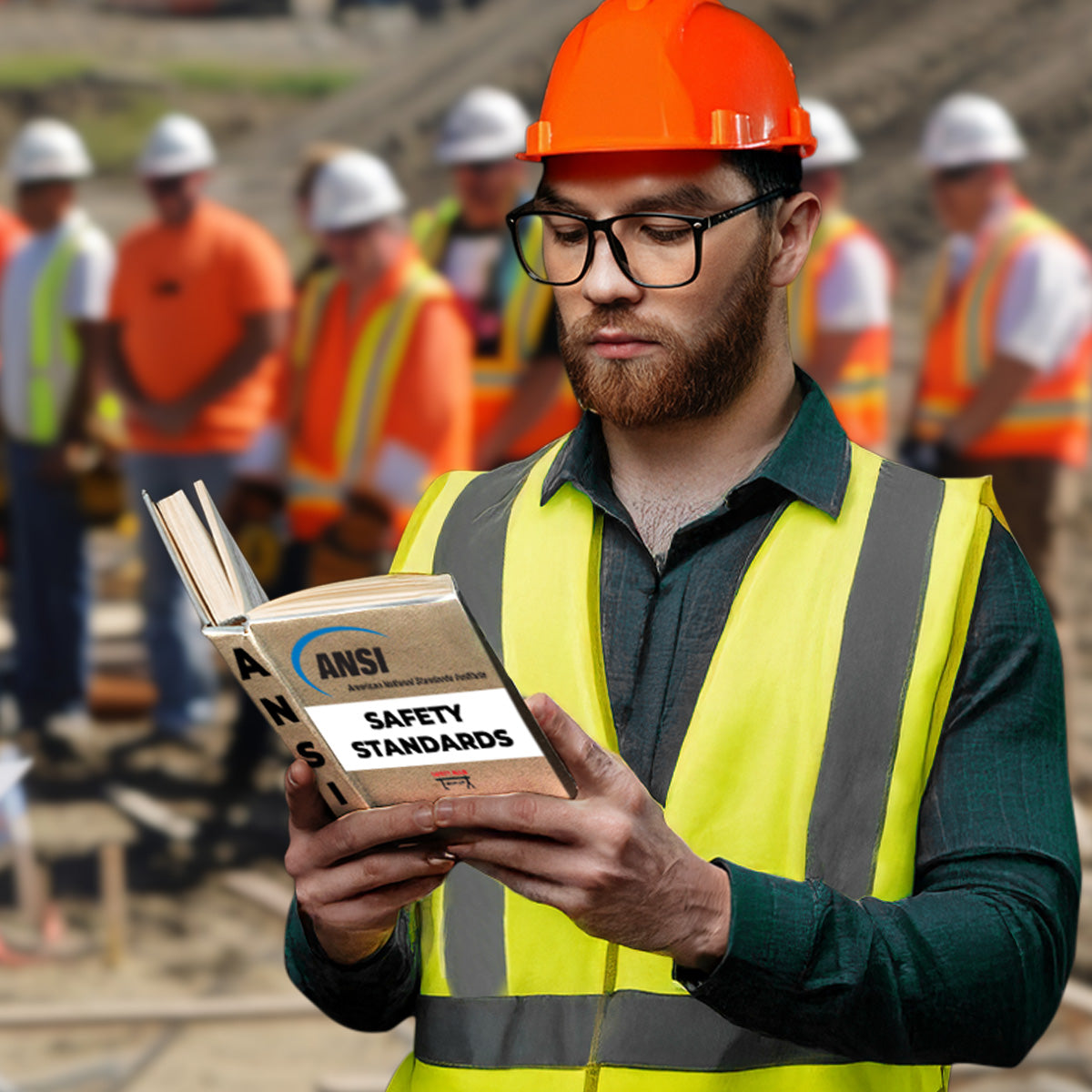
What is ANSI Compliance?
ANSI stands for the American National Standards Institute a private, non-profit organization that oversees and coordinates the development of voluntary consensus standards in the United States.
When it comes to reflective vests, ANSI compliance ensures that garments meet nationally recognized criteria for:
- High visibility (both in daylight and low-light conditions)
- Reflective performance (how well the material bounces light back)
- Design specifications (like required reflective strip placement and vest coverage area)
To learn more about the official standard, you can refer to the source here: ANSI/ISEA 107-2020 High-Visibility Apparel
ANSI does not manufacture products, but it accredits the standards developed by organizations like ISEA (International Safety Equipment Association), ensuring they are rigorous and consistent.
In the context of high-visibility apparel, the most common standard is: ANSI/ISEA 107 – This is the official performance standard for hi-vis safety clothing.
It covers:
- Color requirements (typically fluorescent yellow-green or orange-red)
- Reflective strip widths and placement
- Amount of visible material on the body
- Classification of garments (Class 1, 2, 3) based on use cases and risk levels
Logo Customization
Your team deserves to be seen and recognized. We have high-quality custom logo printing available on all our safety vests. Whether it’s your company logo, department or team name.
Get Started
Frequently Asked Questions
Most of our vests are ANSI/ISEA compliant.
We offer Class 2 safety vests in both mesh and solid materials and Class 3 safety vests in solid material to suit a variety of job site needs.
Our vests range from Medium to 3X-Large. Size charts are available on each product page to help you choose the right fit.
Yes! Custom logo printing is available on all our safety vests. Just contact us for help.
Custom-printed vests typically ship within 10-14 business days after proof approval and order submission. A more exact Estimated Ship Date will be provided as your work with us on your custom logo project.




